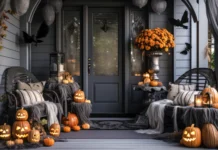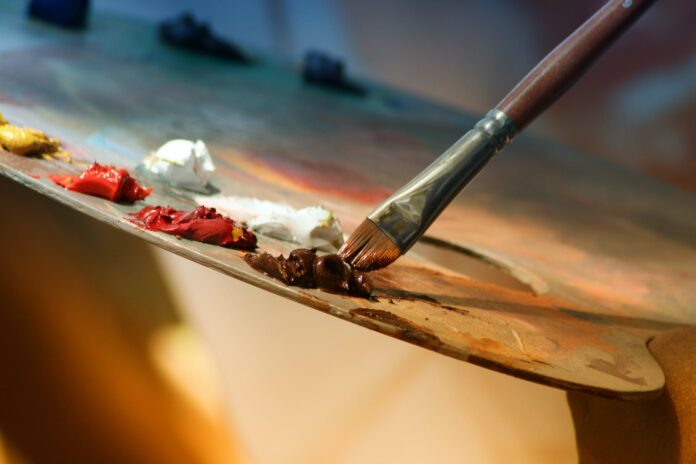
All great artists have understood that since the beginning of time that landscaping is an integral part of expression on the canvas. It adds value to the overall meaning of the message and gives context to the characters at the same time.
Different types of landscape views are used in the artwork. These can be real, imagined or simply taken from somewhere. Nations around the world have had different views of such artwork. Countries like China and the United States think of such imagined landscaping as average professional output whereas real landscaping is revered as top-notch.
Garden paintings started to be used as a form of this genre of art from the beginning of the 17th century. Artists started focusing more on the interiors of the household and considered private and public gardens as accessories to depict a society, culture and the affluence of individuals. You can feel the atmosphere of the century in private garden paintings like Mary Cassatt paintings and Frederick Hassam’s different artworks. They can show you the spirit of history in the daily life of people.
The great masters of painting have always been interested in gardens. They use them as a setting for their masterpieces, which are often seen in outdoor scenes like this one here or another where there is even more space than what we see on our screens at home! Let us look at some of the great masterpieces with gardens in it and how they were depicted.
Two Sisters Aka On The Terrace
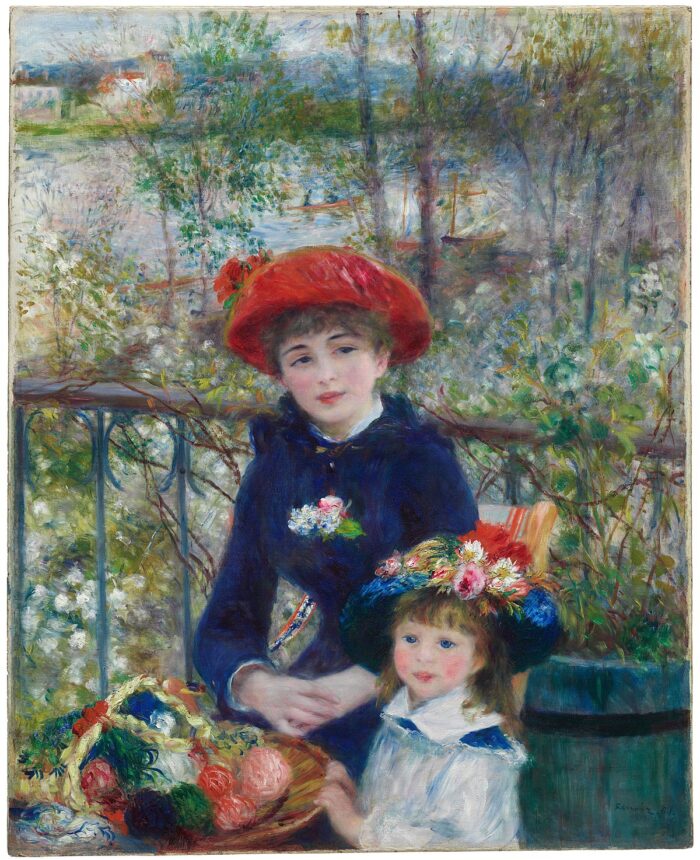
Paintings in the garden have been an artistic tradition for centuries. “Two sisters on the terrace” was created by a French artist called Pierre-Auguste Renoir in the 19th century. “The elder sister” was Jeanne Darlot, and was 18 years old at the time. She later became a known theatre artist. “The younger sister” model is still unknown; however, it is said that they aren’t related to each other.
The garden backdrop coupled with the matching flowers on the person of the two models makes this painting a real treat to watch. The lighter and vibrant use of colours depicts spring. The plants on the background with scattered white flowers add to the richness of the landscape and accentuate the aristocracy of the sisters.
The Flowered Garden
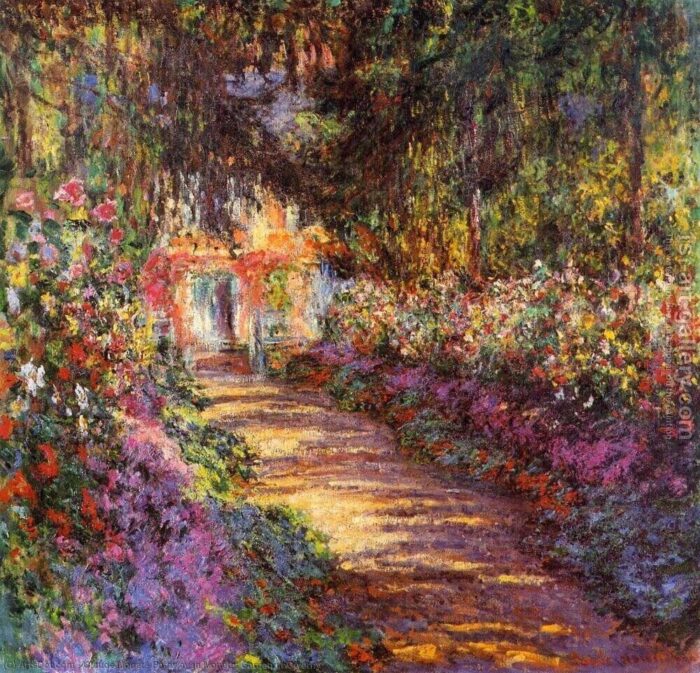
Another garden painting through art history is “the flowered garden” by Claude Oscar Monet in 1901. This personal garden of Monet is considered a masterpiece and is popularly known as “Le Jardin enflouri” in the French circles. Monet had immense love for his garden, and it can be depicted clearly by his realistic imagery.
This historic painting shows how Monet’s garden looked 200 years back. With spruce and trees on both sides of the walkway, the vibrant choice of flowers – red, violet and purple on the left and right, made a perfect welcome for any visitor to his house which can be seen right in the end of the walkway.
Any art lover should visit Monet’s house in Giverny to see how he converted a small fruit tree area from the late 19th century into a flourishing garden, just 20 years later. This flower garden painting is perfect for any household that has a penchant for bright colours, summer and love for a social gathering at home.
Gathering Flowers in A French Garden
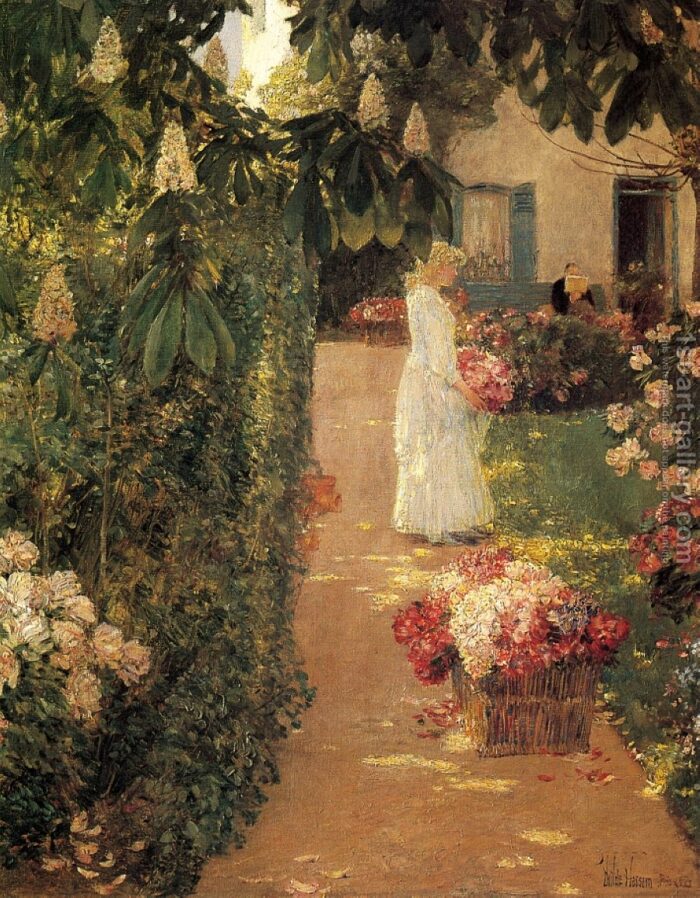
Frederick Childe Hassam, an American painter was the creator of this beautiful yet simple artwork. His love for impressionism, combined with urban and coastal imagery can be noted in the “Flowers in a French garden” painting.
The entrance to the façade of the house is covered with green lush leaves and flowers. A matching landscape on the right, coupled with big vibrant flowers depicts a summer afternoon. Gardens in the yesteryears were well-kempt and spruced to add to the affluence of the household. The lady in white with plucked flowers depicts her social standing.
Garden art is a good accessory to any household and it can help soothe the mood of individuals residing in the house. No wonder, many known celebrities and politicians spent hours in their garden to vent out their stress and anger whenever pressed into such a situation.
My Sweet Rose
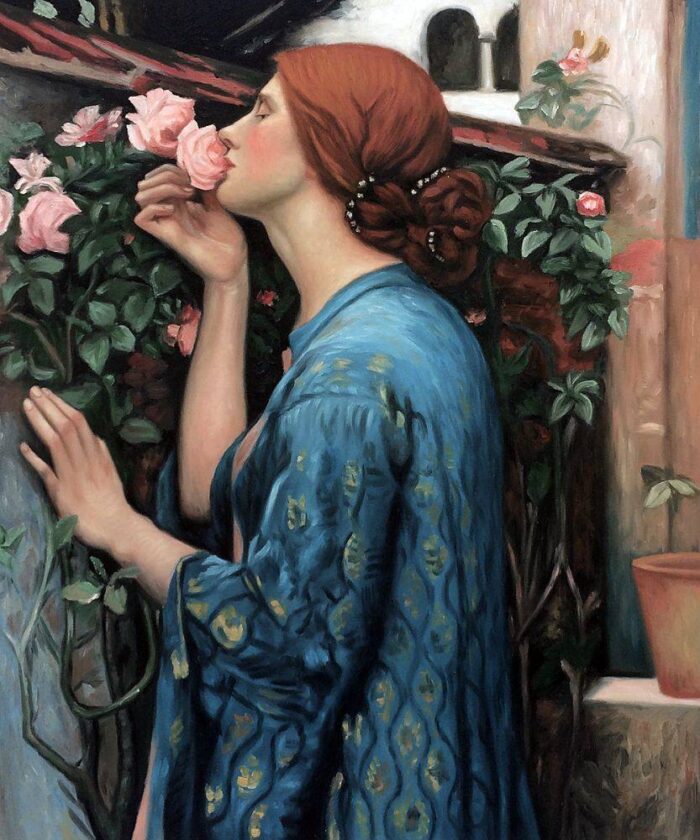
The compelling change in the depiction of gardens in art history can be seen in this masterpiece by John William Waterhouse, called “My sweet rose”. From depicting gardens as a backdrop, they were now actively used as the main subject packed with a message. In this case, a strong woman of power being enthralled by an external environment. (roses)
The capture of roses on the wall depicts the complication that existed in society. It clearly shows how beauty can be fleeting and alluring, almost unattainable as it is guarded by an unbreachable wall. Since John worked a lot with women worth their salt, he has used one to show that even powerful women can get distracted and moved by “smaller pleasures of life”.
Such a powerful painting can adore not only homes but also offices that deal in the creative space of work. So if you’re looking to give your office some life, consider hanging this painting in the background. Not only will it add atmosphere and character but also help inspire those working around it by giving off an artistic vibe with every brushstroke! It adds to the sensuality of women which can help the art owner get the right impression from their clients.
Conclusion
They say that art history has evolved over the years, but we’re not sure what to make of this statement.
Garden paintings though art history has evolved over the years. The evolution of garden paintings is an interesting topic.
The use and display change over time, as do techniques used in creating them; however there are many styles that have been popular throughout history such as Japanese prints or Impressionism which can still be seen today on porches across America. From capturing small fruit trees to a bouquet to an entire elaborate garden, this natural accessory to landscaping has had its fill.






